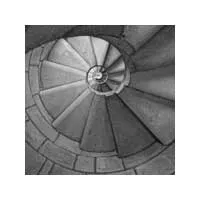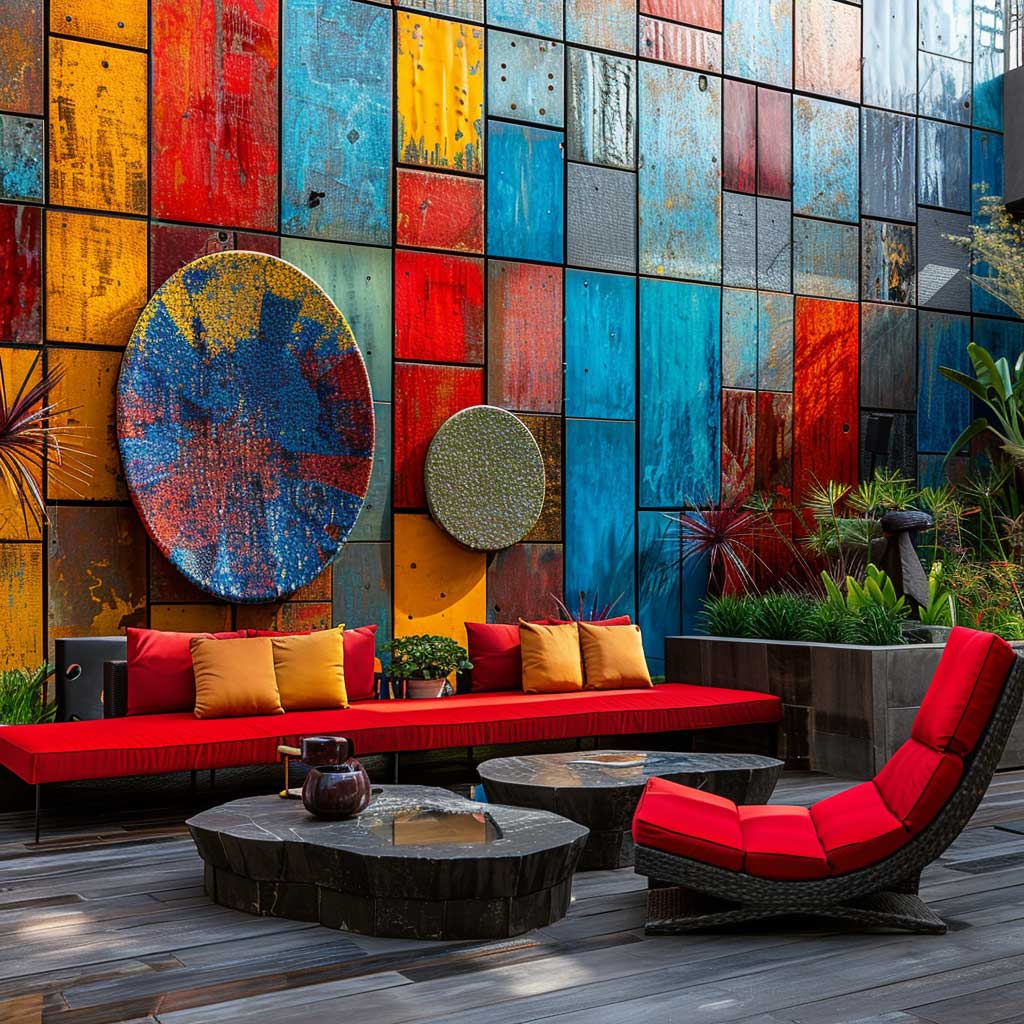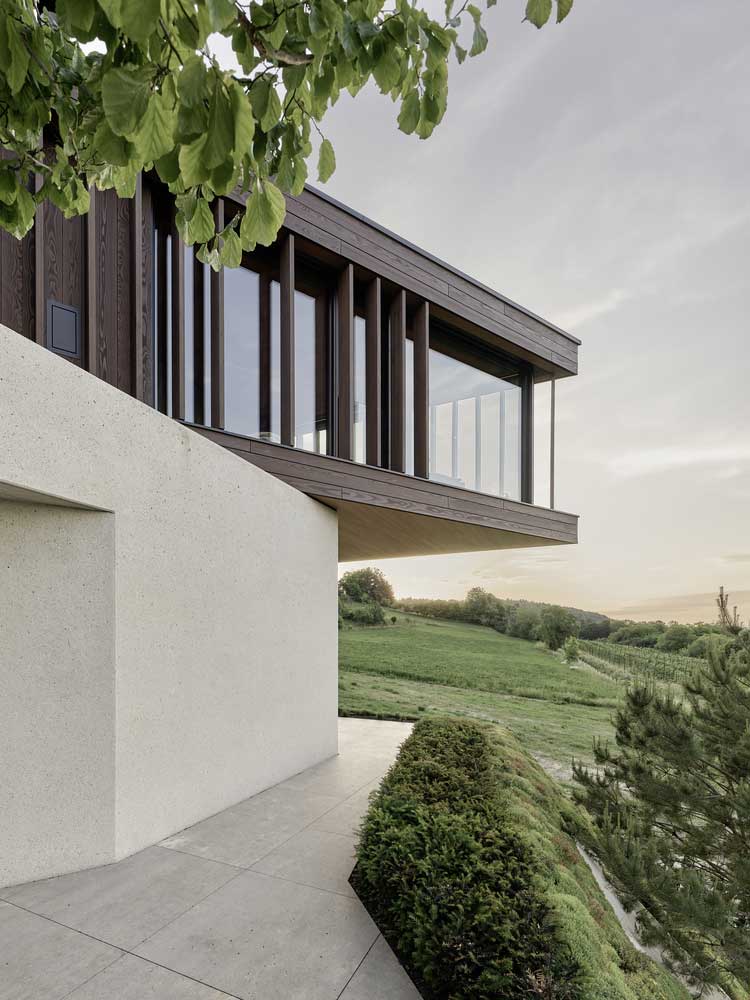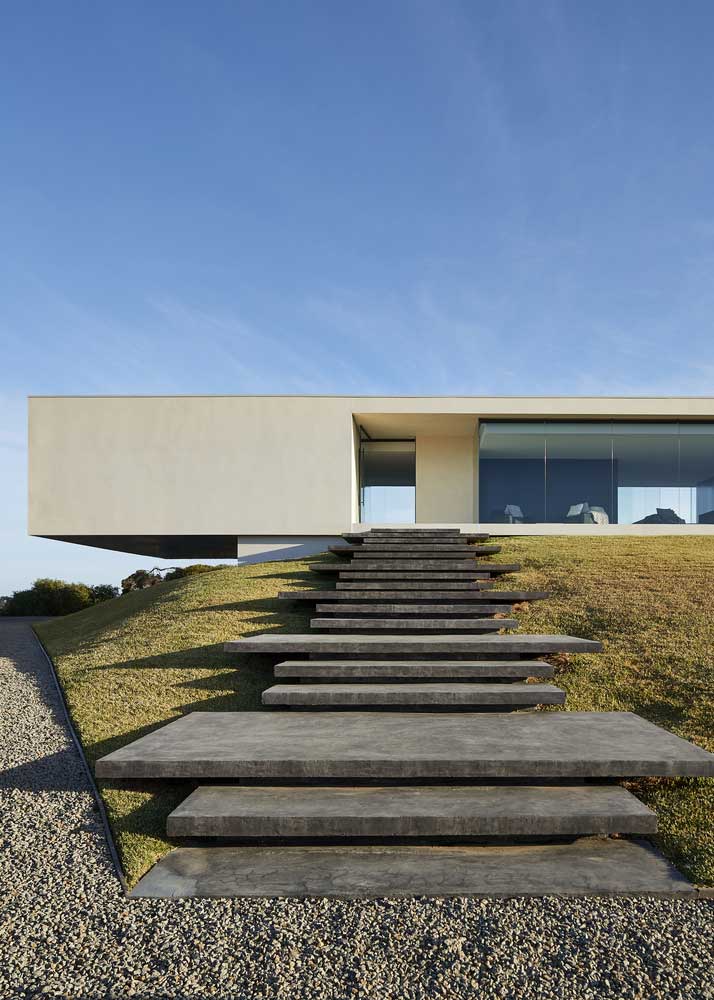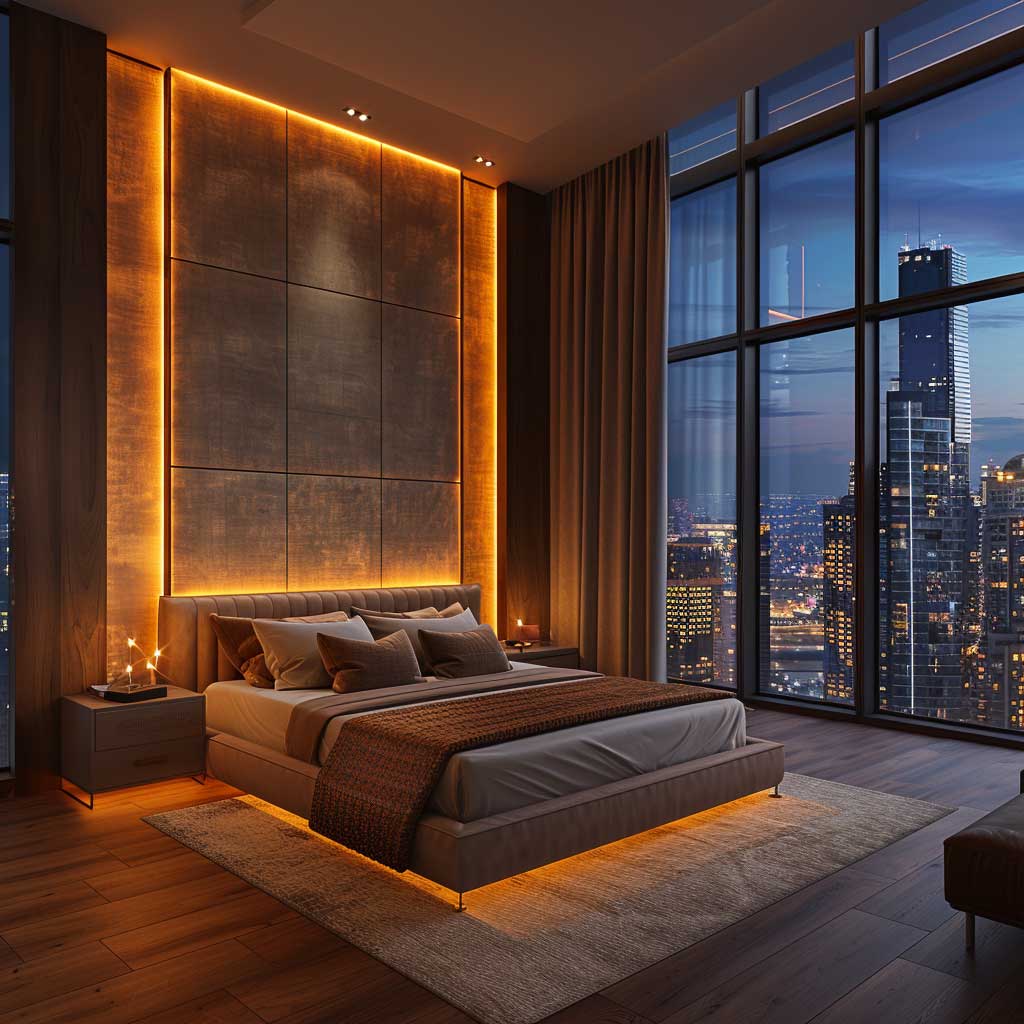Medium Density Fiberboard, commonly known as MDF, has become a favorite among top interior designers worldwide. Its versatility, durability, and cost-effectiveness make it an ideal choice for wall designs that stand out. As more designers experiment with this material, a plethora of innovative and captivating designs have emerged. Let’s explore some of the most inspiring MDF wall design inspirations that are setting new benchmarks in interior aesthetics.
MDF Wall Panels with Integrated Lighting

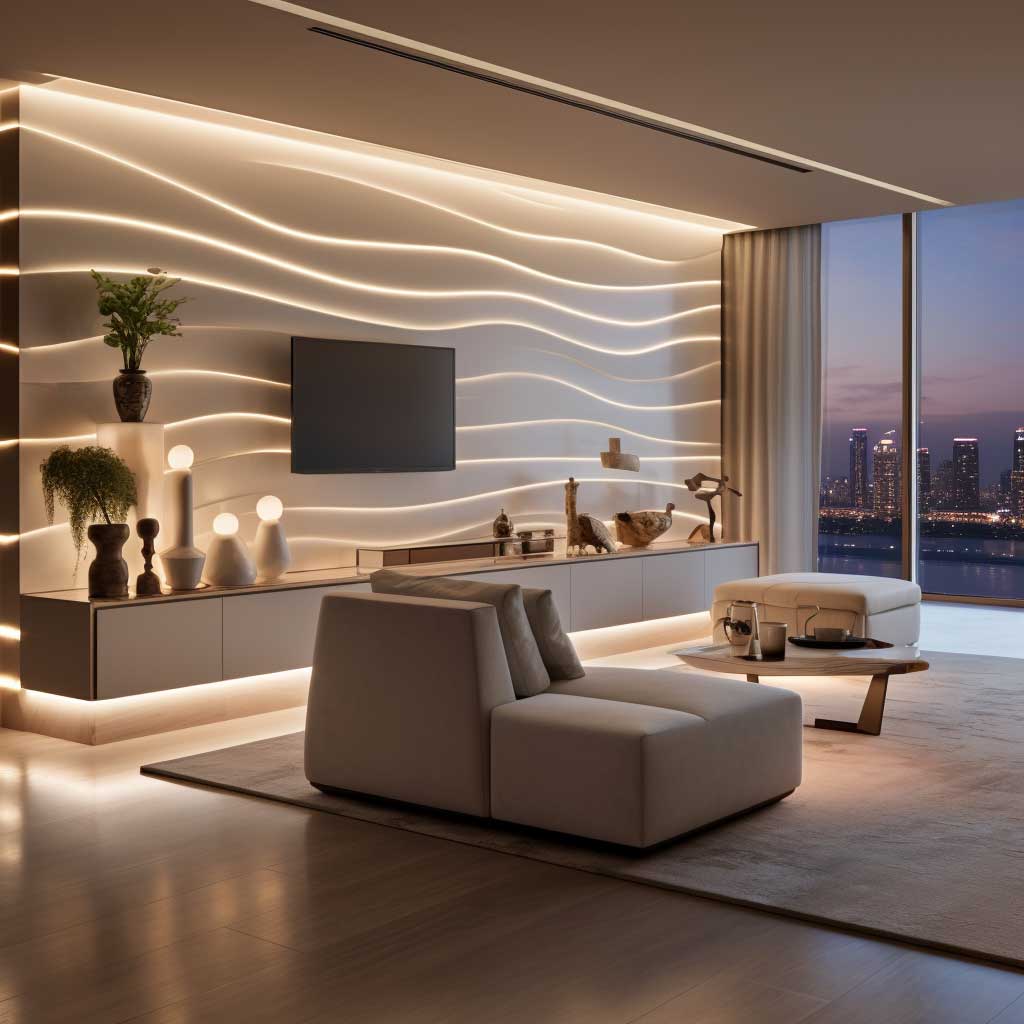


Light—in all its otherworldly beauty—can work wonders in changing the look and feel of a space. And when paired with the versatility granted by MDF wall panels, it further opens up the opportunity for an atmosphere that’s dramatic yet serene. The ability to put lighting together with MDF wall designs made this design aspect all the more intriguing. Since it is not supposed to be yet another source of artificial lighting, the lights do the shine. MDF wall designs brought to life with integrated lighting create moods, emotions, and stories.
One literally gets transported to a different world as they walk into a room where MDF wall designs were brought to life, courtesy of integrated lighting. LEDs run along the edge of the MDF panels or are embedded within them. They cast the light to highlight the textures and patterns of the MDF wall design. Gradients of light, the play between light and shadows—everything results in a symphony of delight.
But such a design trend goes beyond just aesthetics. Integrated lighting in MDF wall panels is somewhat one more milestone toward design and technological advancements and is serious work. The integration of LEDs into the MDF is seamless, but it requires precision, craft, and an understanding of both materials and electronics. What changes is that the wall is now more than just a passive element of the room but an active contributor to the room’s outcomes.
Picture an MDF wall panel in a living room; integrated lighting within can create a sunset-like illusion. Oranges and purples blend as nightfall approaches. Now picture a bedroom with an MDF wall behind the bed, lit up with a faint, moonlit glow to bring an atmosphere of peace and calm. The opportunities of MDF wall panels with integrated lighting are endless. They could highlight artworks or become a statement, or even just work as a leading element within a circulation space. These lighted MDF walls can brand commercial spaces, offer thematic experiences, and join together in synergy to create an overall customer experience in hotels and restaurants.
In other words, MDF wall formations with integrated lighting are yet another example of art meeting technology more than halfway. They not only augment but also raise the bar for what is possible in the traditional realm of interior aesthetics. This is one of the trends definitely going to light up our spaces and our lives as the future unfolds.
Combining MDF with Natural Elements




The greatness of nature has always inspired designers. Textures, colors, and patterns existing in the natural world—there is no doubt that the palette of the natural world is the most diverse and harmonious that there ever is. When this same palette befriended the versatility that MDF wall design is, the result was nothing short of spectacular.
This is where MDF and natural elements, such as stone and wood, interact to talk contrasts. The smoothness of MDF with the aggression of stone or the more composed graininess of wood offers a sensory experience to the juxtaposing elements of touch and sight. This is like the contrast of harmony: finding the balance between the man-made and the natural.
Picture an MDF wall panel in a living room wherein sections of the panel are inlaid with slabs of granite or marble. The cold back of the stone, with its natural patterning, intercepts the monotony of the MDF surface, thus creating depth and character within the space. Imagine an MDF wall in a bedroom being intercepted with panels of reclaimed wood, bringing the touch and warmth of a rustic space.
Still, the most beautiful thing about the skillful amalgamation of MDF with these natural elements is something way deeper than aesthetics. The combination is all about sustainability, about being friendly to the Earth and adopting eco-friendly design practices. By getting natural materials into the design fold, the carbon footprint of the particular project will be effectively reduced, making spaces more than beautiful and environmentally responsible.
MDF walls, when combined with natural elements, in commercial spaces such as offices and retail, can act as branding for outreach to customers in an attempt to present a unique selling proposition. For example, a café with an MDF wall combined with vertical gardens could target a green space with an eco-friendly touch, drawing its clientele from a niche.
In conclusion, the trend of combining MDF with natural elements proves the irrepressible expressiveness of design. It calls for a mind beyond the conventional, to test and create spaces that pulsate with the rhythms of nature. As we look ahead, this trend is going to proliferate with more and more designers striving to bring the outdoors in, one MDF panel at a time.
Geometric Patterns in MDF Wall Design
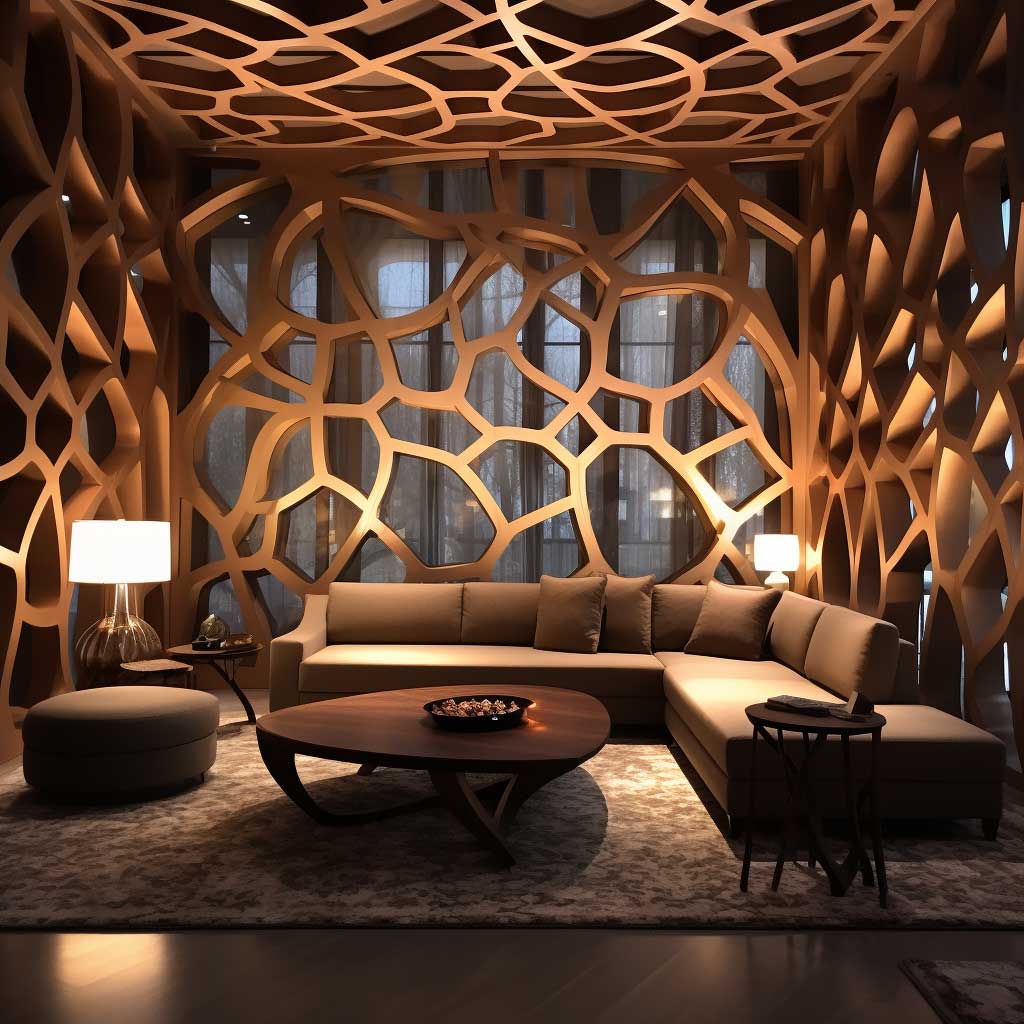



Abstract geometry is the visual exploration of forms and patterns. This area is traced back to ancient human civilization when geometrical shapes were invoked in making sense of the world’s mysteries. Fast forward to modern times, geometry has found a new canvas—MDF wall designs. Geometry in MDF, geometrical patterns merge into MDF to create a trend that is here to stay for the ages.
The first brush with the MDF wall adored with geometrical patterns carved upon them is nothing short of mesmerizing. The patterns—be they the simplest of lines or the nastiest of the mosaics—ogle with the perception of the viewer and create illusive depths and movements. But the story doesn’t end there as the geometrical patterns referred to in the MDF wall design speak a story of symmetry, balance, and harmony.
Imagine entering a room where one entire wall is an MDF masterpiece with polygons and circles winding in a dance of shapes. Light, natural or artificial, plays on the MDF surface—casting shadows, creating contrasts, and highlighting the intricacies of the geometric design. Each solitary standpoint has a new perspective, a new interpretation. It’s not just a wall; it’s an experience.
But why has geometry found such intense expression in MDF wall design? Perhaps, the material is versatile. MDF is a smooth, durable, and workable material, making it a canvas where designers can unleash their creativity. And with geometric patterns, there is a balance that can be achieved among the old and the new, the classic and the avant-garde.
Geometric patterns in MDF wall design are not just limited within spaces of residence alone. They have found their place in spaces as wide as offices, restaurants, and hotels. A geometrical patterned MDF wall in a boardroom transforms this space into a conference room, a hub of inspiration. And a restaurant with MDF partitions, geometrically designed, is more than just a place to have food; it’s a feast for the eyes.
This, then, the use of geometric patterns in MDF wall design, involves a very complex interaction between art and science on one hand, and the form and function on another. It challenges us not only to think of space but to think of space differently; to appreciate the beauty in lines and shapes; and to value the workmanship that can convert an ordinary MDF panel into a masterpiece.
MDF wall designs—much more than a trend—are really a fusion of art and functionality. With leading interior designers exploring the limits of what can be achieved with MDF, you can expect more down the track. It’s an interior palette of opportunities propounded in MDF walls to design your living space into style, class, and individuality.
